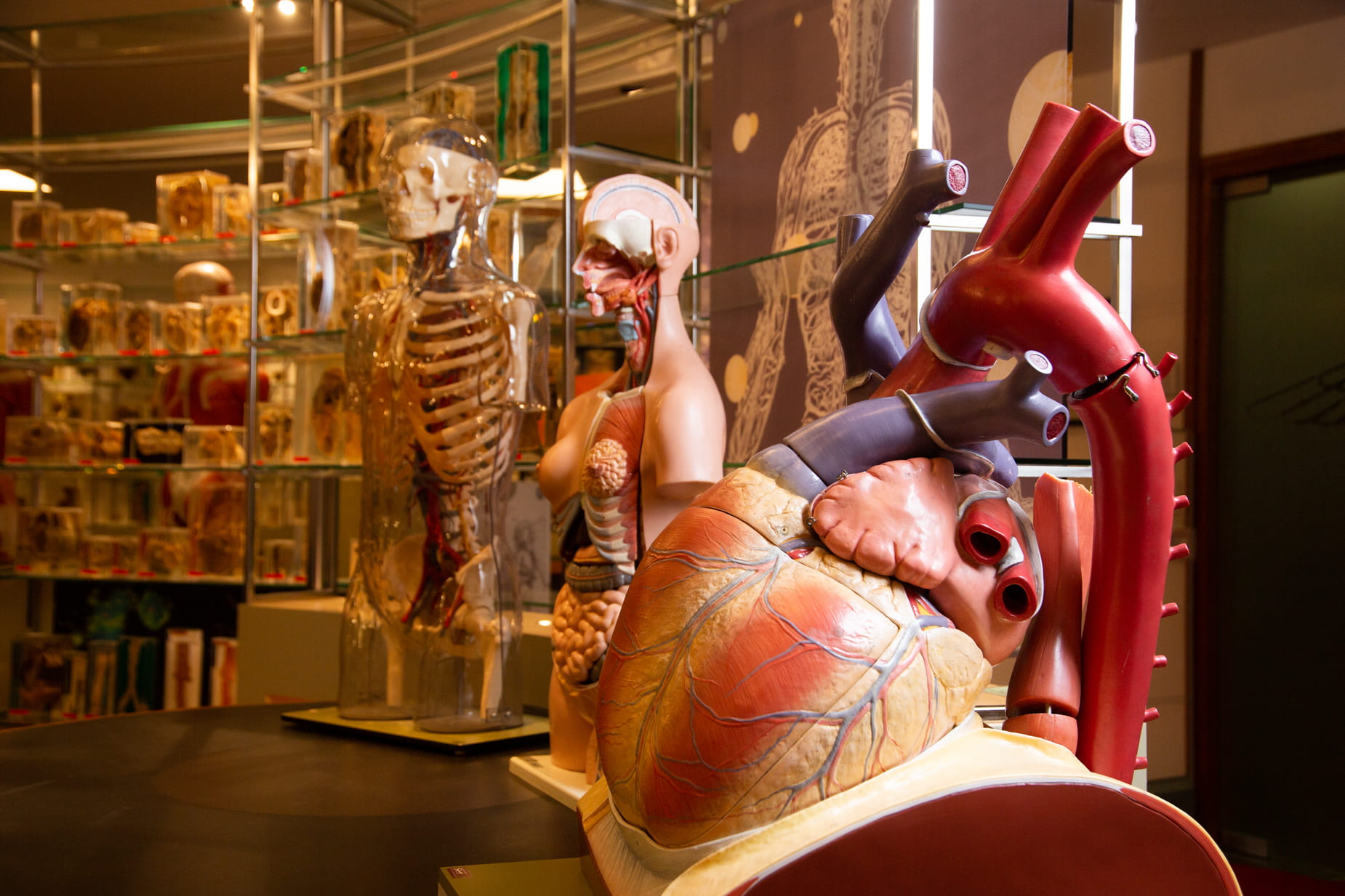Achievements
While we offer seed funding of up to $100,000, these projects show that health research with the potential to change lives and careers can cost as little as $50,000.
Our seeding funding is a strategic investment to help researchers gain further funding nationally and internationally.

Without AAHA support and funding we would not have…
- created a ‘high risk of cerebral palsy’ diagnosis tool for use in the first six months of life
- found an easily obtainable material with huge potential to improve bony fusion during spine surgery
- conducted New Zealand’s first systematic survey into end-of-life care which identified significant inequities
Without AAHA support and funding we wouldn’t have provided opportunities for…
- Sîan Williams to continue developing her research role, becoming a Senior Research Fellow at the Liggins Institute and funded through an Aotearoa Foundation Fellowship
- a career path in biomedical research for four research assistants
- Ryan Gao to complete his thesis on minimising bleeding during shoulder replacement surgery
Without AAHA support and funding we wouldn’t have helped …
- Dr Sîan Williams and Professor Susan Stott to work with clinicians at Starship Children’s Health and around the country to translate research into everyday practice
- Professor Alistair Young, the Principal Investigator for the Cardiac Atlas Project, to become Professor of Cardiovascular Data Analytics and Artificial Intelligence at King’s College, London
- Merryn Gott, then an early career researcher, to develop skills around research project management and opportunities to build on this project in her post-doc work
Case Studies
Sleep and stillbirth risk
- Professor Peter Stone, Maternal Fetal Medicine, University of Auckland
- Kevin Ellyet, Charge Respiratory Physiologist, Auckland District Health Board
Late stillbirth in normally formed babies is a leading cause of perinatal loss where the risk is associated with sleeping position. This research found:
- women sleeping on their back from 28 weeks of pregnancy increased the risk of stillbirth by 2.6 times
- the risk is additive, meaning that sleeping on the back adds to other stillbirth risk factors, such as a baby who is growing poorly in the womb
- sleeping on either side in the last three months of pregnancy can more than halve the risk of stillbirth
- the risk of stillbirth associated with sleeping on the back applies to all pregnant women in the last trimester.
Creating the world’s first coronary artery flow atlas
- Dr Susann Beier, Doctoral Student, University of Auckland
- Associate Professor Mark Webster, Cardiology, Faculty of Medical Health and Sciences, University of Auckland
This project improved stent treatment through new patient-profiled risk assessment of haemodynamic effects to guide clinical practise. The findings have contributed to wider understanding of coronary artery shape and its role on hemodynamic effects linked to clinical risk. This research also represents the first phase of a comprehensive, global, integrated anatomic and physiologic atlas.
Professor Alistair Young, the Principal Investigator for the Cardiac Atlas Project went on to become Professor of Cardiovascular Data Analytics and Artificial Intelligence at King’s College, London.
Quantifying oculomotor deficits
- Professor Steven Dakin, School of Optometry and Vision Science, University of Auckland
- Dr Shuan Dai, Starship Children’s Hospital, Auckland
One in 30 New Zealand children have amblyopia or lazy eye. While surgery can often correct the condition, testing is time consuming and imprecise, and involves tests children can find difficult to perform. An imperfect surgical outcome can lead to double vision.
The solution was red-green stimuli and anaglyphic (embossed) glasses which proved more efficient and portable than a desktop computer with specialised display. This is promising for future developments, as the test can be done easily and economically on portable devices such as laptops and tablets. Patients can be tested in situ without visiting a clinic. Clinic visits are a barrier to healthcare for Māori, and this should improve screening and follow-up of binocular vision problems in Māori children and adults.